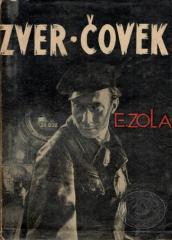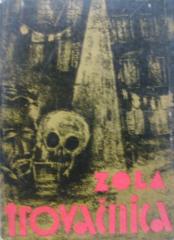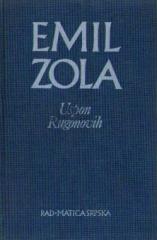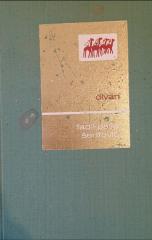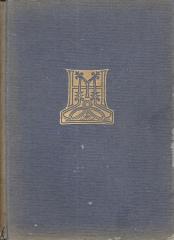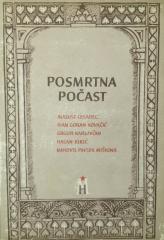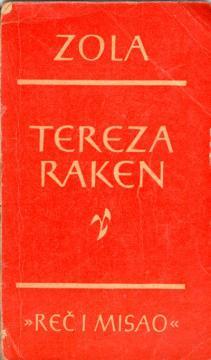
Tereza Raken
"Therese Raken" (1867) is a dark study of passion, crime, and psychological consequences. Set in Paris, it follows Therese, a young woman raised by her aunt, Madame Raken, and forced into marriage with her sickly son, Camille.
Therese leads a dreary life in a boring marriage and a small shop, suppressing her passions. Everything changes when she meets Laurent, Camille's friend, a vital and passionate painter. Their obsessive love affair quickly develops into a plan to kill Camille so that they can be together.
After drowning Camille in a river, Therese and Laurent marry, but instead of happiness, they are haunted by guilt and fear. Zola describes in detail their psychological breakdown: hallucinations, nightmares and mutual accusations destroy their love. Madame Raken, paralyzed after a stroke, witnesses their arguments but cannot speak. The tension culminates in mutual despair, where Therese and Laurent, unable to bear the burden of the crime, resort to a tragic denouement - mutual suicide.
Zola, a pioneer of naturalism, presents characters as victims of instinct, environment and physiological drives, without moralizing. The novel is a dark portrayal of human nature, where passion and guilt lead to inevitable ruin. The style is realistic, with an emphasis on psychological depth and raw emotion.
One copy is available
